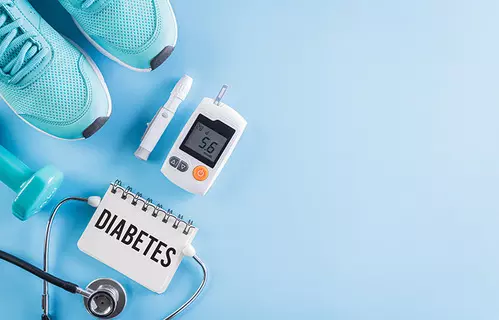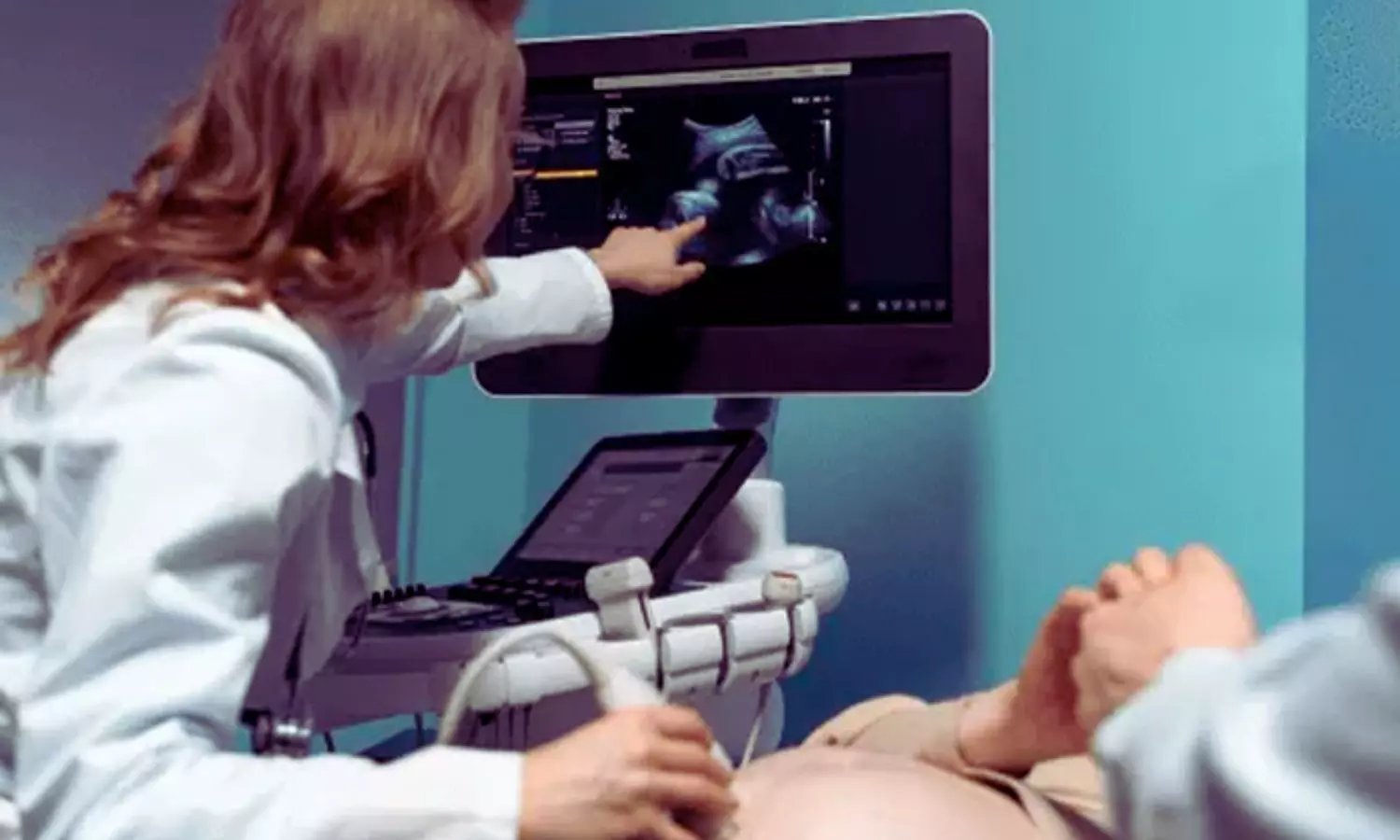Young Breast Cancer Patients Have Low Risk of Isolated Locoregional Recurrence After Surgery: JAMA

USA: A large retrospective study found that young women diagnosed with breast cancer have a relatively low risk of isolated locoregional recurrence (LRR) after initial treatment. Researchers concluded that long-term LRR risk should not influence surgical decision-making in this population.
Published in JAMA Surgery, the study was led by Dr. Laura S. Dominici from the Division of Breast Surgery at Brigham and Women’s Hospital, Boston, along with colleagues from the multicenter Young Women’s Breast Cancer Study. It aimed to evaluate the long-term rates of isolated LRR based on molecular subtypes in women aged 40 or younger at the time of diagnosis.
The cohort included 1,135 women with stage I to III breast cancer, diagnosed between 2006 and 2016. The median follow-up was 10.1 years, making it one of the most comprehensive evaluations of long-term outcomes in this demographic. Over the follow-up period, 59 patients experienced isolated local recurrence (5.2%), and four had isolated regional recurrence (0.4%), leading to an overall LRR rate of 5.6%.
Participants were stratified by age at diagnosis: 12.8% were under 30 years, 28% were aged 31 to 35, and the remaining 59.2% were between 36 and 40. The study also accounted for molecular subtypes and types of local therapy, such as breast-conserving treatment (BCT), unilateral mastectomy, and bilateral mastectomy.
Based on the study, the researchers reported the following findings:
- Among the participants, 32% had luminal A–like tumors, 21% had luminal B–like tumors, 20% had luminal ERBB2-positive (formerly HER2-positive) tumors, 8% were ERBB2-positive, and 18% had triple-negative breast cancer.
- Despite the variation in tumor subtypes, the cumulative incidence of isolated locoregional recurrence (LRR) remained low across all groups.
- The LRR rates ranged from 2.2% in ERBB2-positive cases to 6.5% in patients with triple-negative breast cancer.
- At the 10-year mark, LRR occurred in 6.7% of women who received breast-conserving therapy (BCT).
- The LRR rate was 6.5% in women who underwent mastectomy without radiation.
- The lowest LRR rate of 2.4% was observed in those who had mastectomy with radiation.
- Although mastectomy with radiation showed the lowest recurrence rate in multivariable analysis, no significant differences in LRR were found when treatment outcomes were evaluated within individual molecular subtypes.
The findings challenge the long-held belief that young women with breast cancer are at a markedly higher risk of recurrence regardless of treatment strategy. Instead, this study suggests that surgical choices should not be dictated by concerns over long-term recurrence alone.
Researchers emphasized that these results underscore the importance of personalized treatment planning, rather than defaulting to more aggressive surgical approaches based solely on age or tumor subtype. The relatively low incidence of recurrence over a decade post-diagnosis supports shared decision-making that aligns with patient preferences and overall health goals.
Reference:
Dominici LS, Zheng Y, King TA, et al. Long-Term Locoregional Outcomes in a Contemporary Cohort of Young Women With Breast Cancer. JAMA Surg. Published online July 23, 2025. doi:10.1001/jamasurg.2025.2324
Powered by WPeMatico









